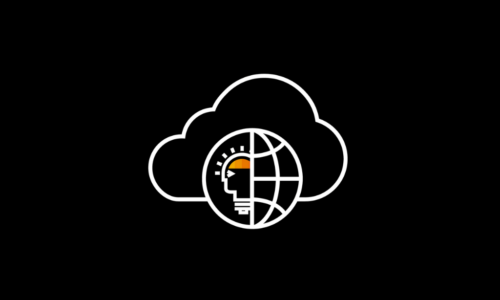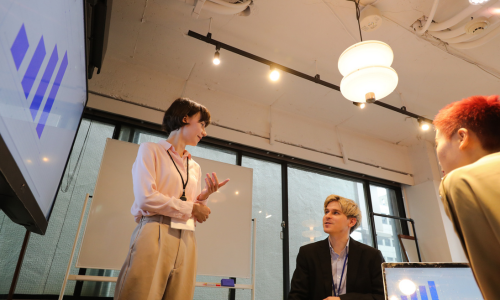Using the LMS to Stay Connected to Customers (and Beyond)

Fortunately, most organizations have a wide array of technology options at their disposal to keep people connected, communicating, and collaborating. eLearning and virtual classrooms are now the norm, and the LMS has been delivering these experiences (and more) long before everything changed. So, now that we see learning being experienced outside of the four walls of the organization, let’s take that a step further and look at other audiences that can benefit from these experiences.
Learning as a High-priority Element of CX
Organizations live and die by their customer experience (CX). In the Brandon Hall Group (BHG) 2020 HCM Outlook Study, improving the customer experience was the number-two business priority, almost neck and neck with driving innovation. A big part of the customer experience is communication, support, and training from the business. In fact, nearly half the companies (45%) in BHG’s 2020 Extended Enterprise Study say they deliver training to customers. Wouldn’t it make sense to leverage the skills, content, and technology your company uses to create world-class learning experiences for employees to do the same for your customers?
It’s not just customers, either. Learning audiences can include resellers, franchisees, contract workers, and more. Essentially, anyone who needs to learn about your company and its products and services, but who doesn’t actually work for the organization is part of your extended enterprise.
An LMS that has extensive extended enterprise functionality can help an organization expand the experiences it has created as a way to inform customers, reduce reliance on support desks, manage risk, improve sales, and much more. By leveraging the LMS, a company can ensure that the message, communication, training, and experience is standardized, yet customized for various audiences. In fact, 38% of companies said a lack of the right technology was one of their biggest challenges in meeting their extended enterprise needs. Perhaps more telling is that 79% of companies say that technology is the main reason for the effectiveness of their extended enterprise learning.
More Communication with Customers, not Less
As I said above, the pandemic may create feelings of disconnectedness, but companies need to step up to counter that self-destructive tendency. Today’s volatile, uncertain environment requires more communication across an organization’s entire value chain. Now is the time to examine your company’s strategy for connecting with external audiences and demonstrate the power of the learning function and the LMS to solidify those connections. Based on our research, the key technology characteristics you should be looking for to support extended enterprise learning are:
- Reporting and analytics
- Mobile capabilities
- Testing/assessment
- Data security protocols
- Social platform
- Ability to set up multiple portals/domains for different learners
It’s a good time to determine if your current technology can meet these needs or look for one that can. This is critical to bringing great learning experiences to the extended enterprise — and to toughing out these tough times with the conviction that today’s connections with customers (and beyond) are key to long-term success.





